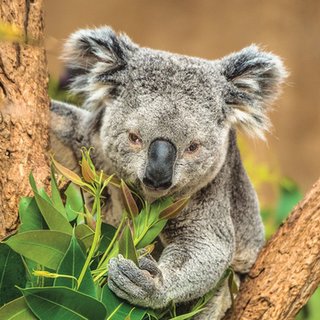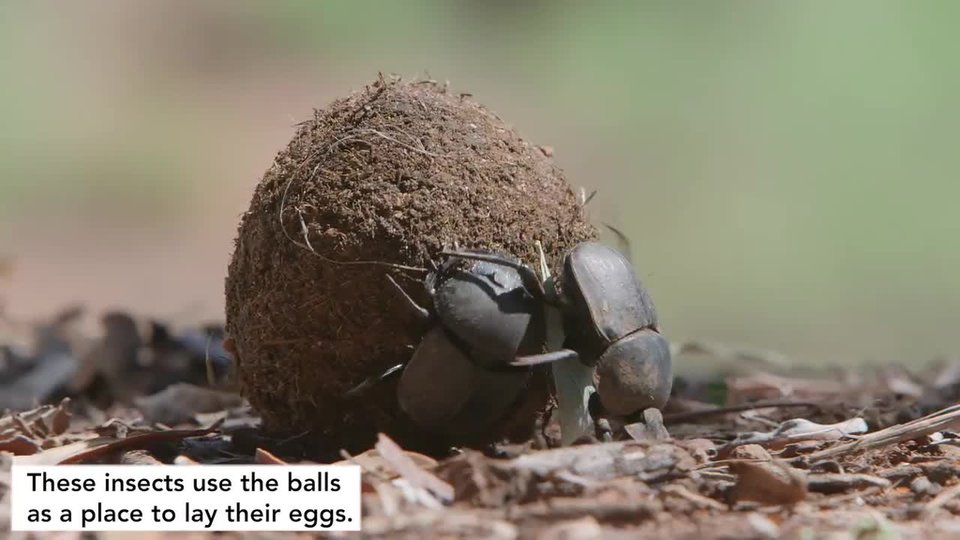TalesFromtheTailEnd
Animalshavesomeinterestingwaystodealwiththeirwaste.ChinstrapandAdéliepenguinsliketokeepclean,sotheyshoottheirpoopfarawayfromtheirbodies.Silver‑spottedskippercaterpillarsgoonebetter:Tokeepwaspsandotherpredatorsaway,theycanejecttheirfrassmorethan15 meters(50 feet)fromtheir nests.
Lotsofanimalsmarktheirterritorywiththeirwaste.Hipposdoitinstyle.Theyspintheirtailslikepropellerstospreadtheirpoopoverawide area.
Nakedmoleratsbuildlargeundergroundcolonieswithspecialtoiletareaswheretheygotorollintheirpoop.Thismarksthemasamemberoftheirclanincasetheygetinafightwithanother colony.
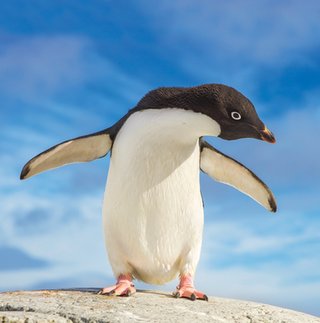
keeps tidy
Adélie penguin
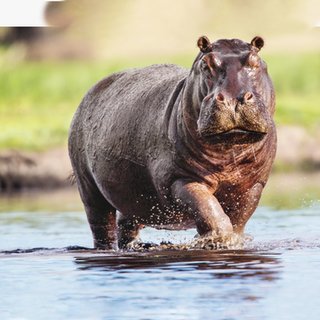
sendsa message
hippopotamus
SendingaMessage
Peccarypoopisusedaskindofashort‑handtofilleverybodyin.ThesewildpigsfromCentralandSouthAmericatendtopoopinabigpile.Eachtimeapeccarygoes,ithasasniffatthepiletofindoutwhat’sgoingonwiththegroupandwhoisclose by.
Giantriverottersalsocreatecommunitytoilets,buttheydosotosendamessage.Themessageis:Stayaway!TheseottersliveinbigfamilygroupsinriversinSouthAmerica.Together,theycreatespecialplacesalongtheriverbankwherealltheotterspoop.Thestinkymessthattheycreatescaresawayother animals.
Someanimals,likeovenbirdsinAfrica,buildwithpoop.Theymakecomplexpredator‑proofmudnestsfromthepoopoflargeanimals,likeantelopeorwater buffalo.
DungbeetlesinAfricarollballsofdung—poopfromlargeranimals.Theyeatpartofitandlayeggsinit.Whenbabydungbeetlesareborn,theyhaveaninstantfood source.
Turkeyvulturespoopontheirownlegsandfeet.Thiscoolsthemoffandcleansawayanygermstheypickupfromthedeadanimalsthey devour.
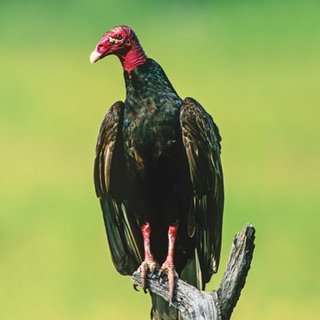
cools off
turkeyvulture
BetterOutThanIn?
Ifthepurposeofpoopingistoeliminatethingsthebodydoesn’tneed,thenwhydosomeanimalseatpoop?Rabbitsdothis.Someanimals—mostlyherbivores—can’tgetenoughnourishmentfromtheirfoodthefirsttimetheyeatit.So,theyneedtoeatittwicebyeatingtheirownpoop.Bydigestingthefoodasecondtime,rabbitsgetadditionalnutrientsfromtheir food.
There’sanotherreasonanimalsdothis.Koalasliveoffadietofeucalyptusleaves.Thesearetoughandhardtodigest.Specialmicrobesintheirstomachshelpkoalasbreakdownthisfood.Whenababykoalaisborn,itdoesn’thavethesemicrobesyet.So,themotherkoalawillfeedthebabysomeofherpoop.Thathelpsthemicrobesstarttogrowinthebaby’sstomach.Thesameistrueforgiantpandacubs.Microbesinthemother’spoophelpthecubsdigesttheirbamboomeals.It’strue,talkingaboutpoopcansometimesmakeusgiggleorwanttowrinkleupournoses.Yet,poopisaremarkablyusefulthing.Nowthatyouknowmoreaboutit,youmayneverthinkofitinthesameway again!

